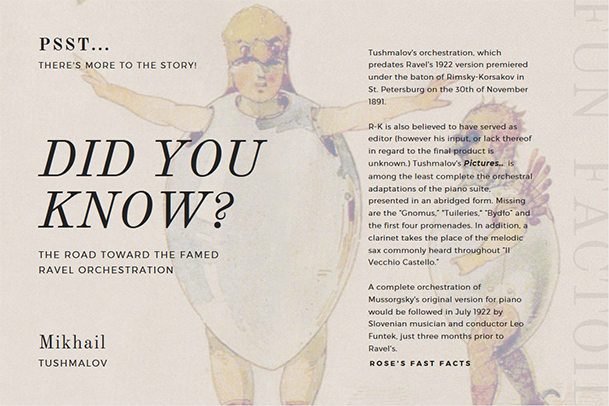I) Böcklin's "Isle of the Dead" and Sergei Rachmaninoff
 |
| Arnold Böcklin's 4th version of Isle of the Dead 1884 |
It was in 1907 that 36 year old Russian composer Sergei Rachmaninoff was first introduced to a black and white reproduction of Swiss Symbolist painter Arnold Böcklin’s Isle of the Dead, immediately becoming enraptured under it’s toxic spell. The painting in question has been much analyzed by art scholars over the years, and, whilst Böcklin left no premise behind for the work, it is largely believed that the painting, depicting a lonesome, tree shrouded island which looks more macabre than becoming, and a single figure - mournfully it seems – rowing a boat into the cavernous-like island, that may well double as an entrance to another world - is probably the most likely scenario for this eerily baneful symphonic poem. This was the perception shared not only by the layman but also the scholar, who likened the standing figure as Charon (the doleful oarsman of Greek mythology), rowing in his boat the recently departed across the River Styx toward the bowels of purgatory: the entrance? The island - the underworld.
Rachmaninoff's incredibly moving symphonic poem may never have been composed had Rachmaninoff viewed the various colorized versions of the famous image, declaring "If I had seen first the original, I, probably, would have not written my Isle of the Dead. I like it in black and white."
Listen to the Isle of the Dead under the baton of Sir Andrew Davis:
II) Kaulbach's "Hunnenschlacht" and Franz Liszt
 |
| Wilhelm von Kaulbach’s Hunnenschlacht, better known as the Battle of the Huns |
Did Liszt accomplish his mission? Listen below to his Battle of the Huns
III) Hokusai's "Great Wave off Kanagawa" and Claude Debussy
 |
| Katsushika Hokusai's The Great Wave off Kanagawa |
Claude Debussy's La Mer:
IV) Hartmann's "Pictures at an Exhibition" & Mussorgsky
 |
| Assumed inspirational pieces for Mussorgsky's "Pictures at an Exhibition." -Collage by Rose. |
Within 6 weeks of having visited the exhibit, Mussorgsky would go on to pen his Orchestral Suite in X movements, aptly titled “Pictures at an Exhibition.”
Each movement offers to the informed listener Mussorgsky’s “tour” of the artwork at the exhibition, beginning with the “Promenade” (a prelude to mvmt I: "gnomus"), which depicts Mussorgsky at a casual stroll, to a more quickened pace as he walks closer to a piece of Hartmann’s art that had drawn his eye, followed by a slower rhythm depicting melancholy as the composer reminisces upon and mourns his close friend's passing. Things then move at a frenzied pace as if Mussorgsky was expressing a mix of despair and rage at the tragic loss of his mate, before culminating into a doleful lament as the listener is slowly swept into the first "gnomus" movement.
In the many years flowing Mussorgsky’s death from cirrhosis of the liver, caused by a life of drink,
vast and varied musical and fine art scholars have sought to connect the correct Hartmann pieces that correspond with the tempi of each movement (although some experts of this period claim the composer may have left behind the names of the work in a detailed synopsis). The current format of image to respective movement was categorized by 19th-early 20th century famed Russian critic Vladimir Stasov. Click here to discover the fascinating selection of inspired paintings most agreed upon by scholars as having influenced "Pictures at an Exhibition."
Also, enjoy below the first movement of the "Exhibition:" The Promenade (influence is described above).
V) Hogarth's "The Rake's Progress" & Stravinsky
 |
| The Rake's Progress (painting I) by William Hogarth, c. 1734 |
After a salacious series of events in which our anti-hero Rakewell plummages through his inheritance through excessive and sinful exploits (spurned on by the reaper), Rakewell's fate takes a turn for the worse:
both opera and story end at the very edge of hell on earth: Rakewell is accused of losing his mind, and becomes imprisoned in the notorious Bedlam Insane Asylum (and if you are familiar with the horrors of Bethlam and early psychiatric "treatment", you can be certain Rakewell’s punishment in 'hell 'is only just beginning!)
Enjoy the original story that inspired Stravinsky to pay homage to the character of Tom Rakewell here.
...and listen to Stravinsky's take on the tale of Tom Rakewell with his version of The Rake's Progress:
 |
| Click on graphic to enlarge text |
Footnote:
* No.'s IV & V (Mussorgsky and Stravinsky, respectively, and their inspirational counterparts belong to a collection of images on a theme, but are included on this list in singular form with external links provided for additional images in the respective collections of each artist).
-Rose.

No comments:
Post a Comment